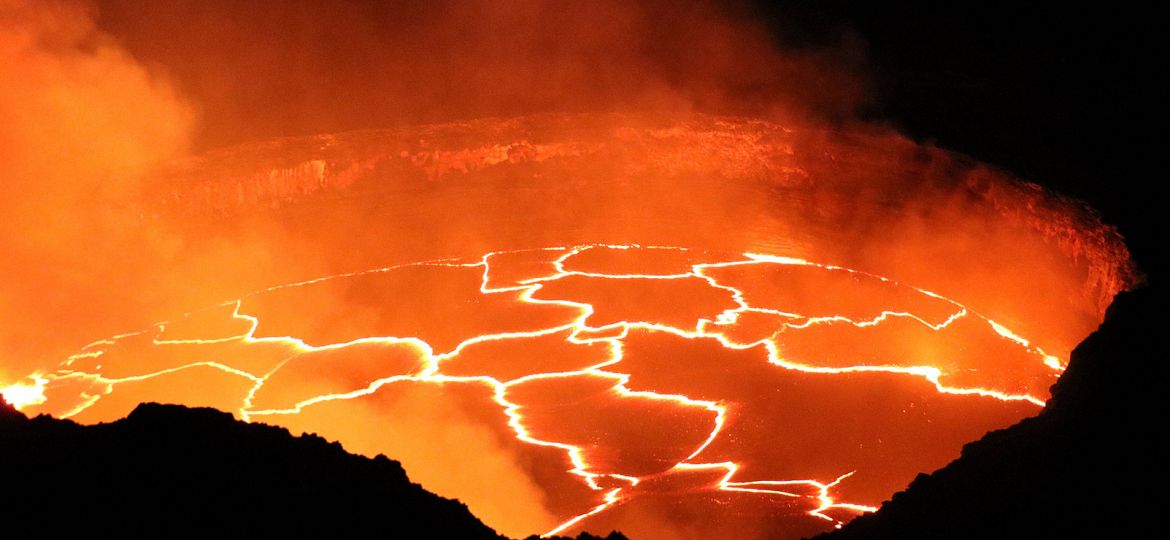
Icelands geothermal project could lead to similar projects in the US that could power the whole continent
Iceland, already a juggernaut in the world of sustainability, is about to turn up the heat on its geothermal efforts.
Since September, engineers in southwestern Iceland have been slowly drilling into the earth at a geothermal facility nicknamed Thor. The initiative, known the Iceland Deep Drilling Project (IDDP), aims to tap an underground river of super hot magma more than 3.1 miles under the surface. Once completed, the drilled hole will not only have the distinction of being the hottest on Earth, with temperatures between 750 to 1,800 degrees Fahrenheit, but will also power the world’s most powerful geothermal well.
The Thor geothermal well in southwestern Iceland
“People have drilled into hard rock at this depth, but never before into a fluid system like this,” said Albert Albertsson, assistant director at Icelandic geothermal energy company HS Orka.
The IDDP is hoping the depth and temperature of the well will tap what’s known as “supercritical steam,” when water exists in a state that is neither liquid or gas but contains more energy than both. According to estimates, a steady flow of supercritical steam would generate up to 50 megawatts of electricity, more than 10 times the current output of conventional geothermal plants.
“If they can get supercritical steam in deep boreholes, that will make an order of magnitude difference to the amount of geothermal energy the wells can produce,” added Arnar Guðmundsson of Invest in Iceland.
Iceland already derives nearly 100 percent of its electricity from renewable energy sources, but this latest push could cross a new boundary – supplying Europe with the excess clean energy it generates, potentially via one of Europes proposed supergrids or by laying of a 750-mile subsea transmission cable from Iceland to Scotland.
“I believe that if these drilling projects are successful, it can change the energy picture in Iceland very dramatically,” said Dr. Wilfred Elders, co-chief scientist for the IDDP, “and it could make a big impact on the supply of electricity in Northern Europe.”
Should the Thor geothermal well produce as much energy as expected, the breakthrough could also lead to increased geothermal projects in North America, in particular along the tectonically-active regions of the Pacific Northwest and western US.
In October 2015, Elders described in a presentation to the Geological Society of America how tapping into the Juan de Fuca Ridge, a tectonic region located off the coast of Washington state, could power the entire US many times over.
“The amount of heat on the Juan de Fuca Ridge within 1,000 m to 2,000 m of the seabed is enormous,” he said.
“If just 1 or 2 percent could be converted to electricity, it would be huge.”

















